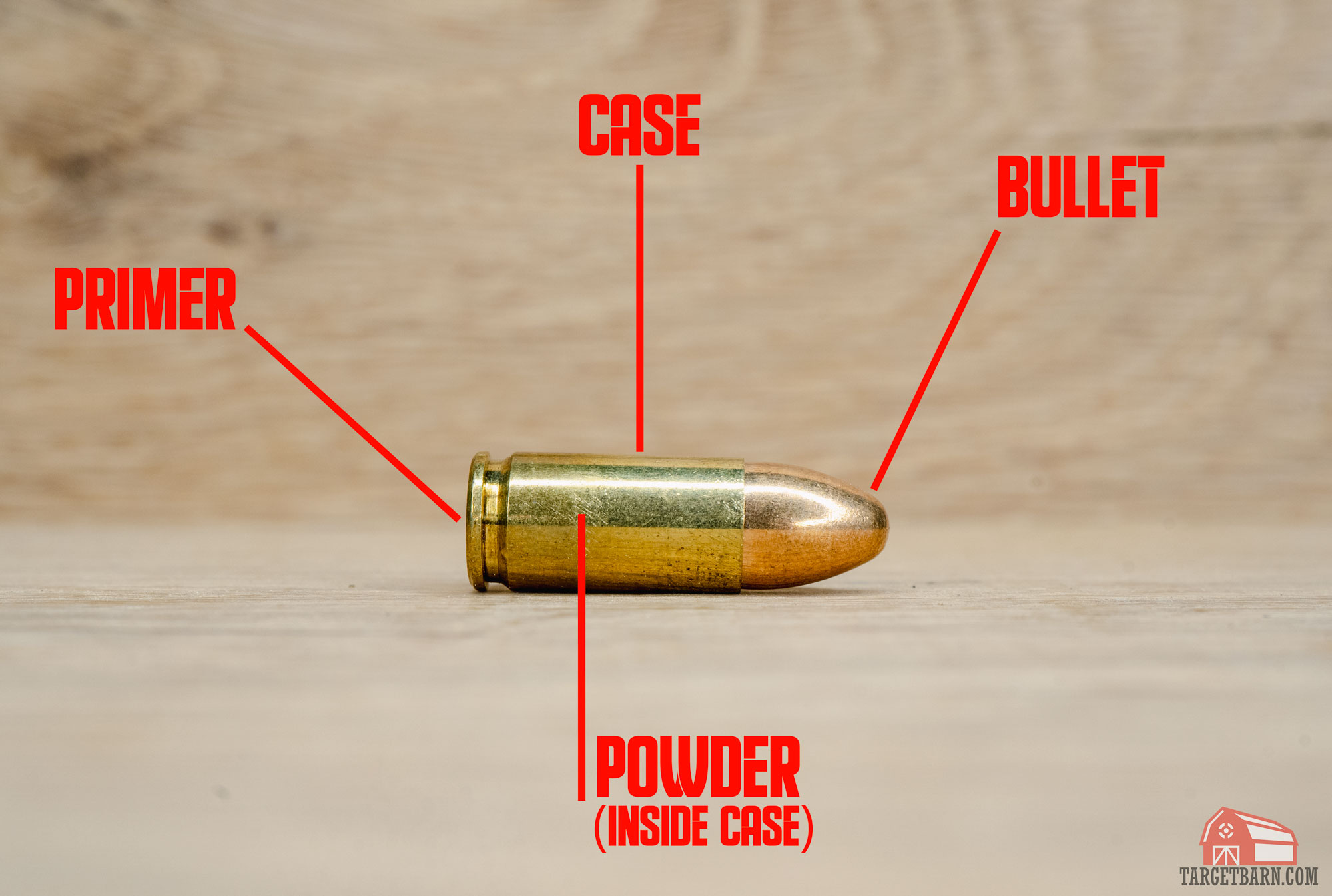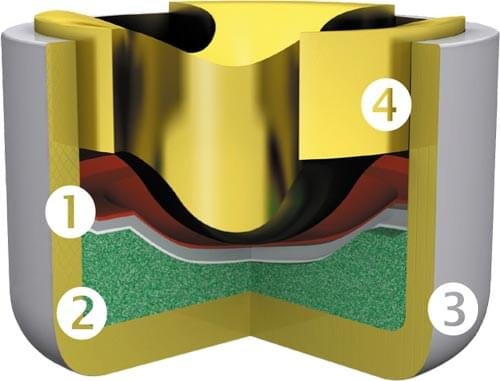What Does Reloading Primers Do?
Wiki Article
The Reloading Primers Statements
Table of ContentsThe Definitive Guide for Reloading PrimersMore About Primers In StockSome Known Details About Federal Primers What Does Remington Primers Do?The Of Primers For Sale
Part of the gun cartridge for starting propellant combustion In weapons and weapons, the primer () is the chemical and/or tool in charge of initiating the propellant burning that will certainly press the projectiles out of the weapon barrel. In very early black powder guns such as muzzleloaders, the primer was basically the same chemical as the major propellant (albeit generally in a finer-powdered type), however put into an exterior flash frying pan, where maybe stired up by an ignition resource such as a slow-moving suit or a flintlock Some muzzleloaders have guides like cap weapon caps.
Examples include hand gun cartridges, rifle cartridges, as well as shotgun coverings. Bigger weapons items in comparison normally utilize electric priming. In artillery the primers are frequently a separate part, positioned inside the barrel to the rear of the major propellant chargebut there are various other examples of weapons, consisting of for instance some automatic weapons, developed to fire cartridges with indispensable electrical guides.
Things about Primers For Sale

With the development of hand-held firearms, this came to be an unfavorable way of shooting a weapon. Holding a burning stick while attempting to pour a cost of black powder meticulously down a barrel is unsafe, and attempting to hold the weapon with one hand while at the same time intending at the target and also looking for the touchhole makes it very difficult to fire precisely. The initial effort to make the process of firing a tiny arm simpler was the "matchlock".
, as well as dried out. After the weapon was filled and the touchhole primed with powder, the burning pointer of the match was placed so that the lock would certainly bring it into call with the touchhole.
Unknown Facts About Remington Primers
This brought the match down to the touchhole, firing up the powder. With cautious attention, the slow-burning suit might be kept shedding for extended periods of time, and also using the lock system made relatively exact try this fire feasible. The following revolution in ignition technology was the "wheel-lock". It utilized a spring-loaded, serrated wheel which scrubed against an item of iron pyrite, similar to a contemporary lighter.

The covered flashpan likewise gave some capability to stand up to negative climate. primers for sale. Wind, rainfall, and wet weather condition would make a matchlock worthless, yet a wheel-lock that was loaded and also waterproofed with a bit of oil around the flashpan can be discharged under the majority of conditions. The wheel-lock enjoyed only a brief period of appeal before being superseded by a less complex, much more robust design.
What Does Reloading Primers Mean?
As the name suggests, the flintlock used flint as opposed to iron pyrite. The flint was held in a spring-loaded arm, called the "penis" from the resemblance of its movement to a pecking poultry. The cock turned with about a 90-degree arc and also was kept in the tensioned, or "cocked" position by a trigger. https://anotepad.com/notes/5rtqxstk.The "half-cock" position held the dick midway back, and utilized a deep notch to make sure that drawing the trigger would certainly not launch the cock. Half-cock was a security setting, utilized when filling, storing or carrying a crammed flintlock. The "full-cock" placement held the cock completely back and was the placement from which the weapon was fired.
It functioned as both a flashpan cover as well as a steel striking surface area for the flint. The frizzen was pivoted and spring-loaded so that it would certainly secure the open or closed setting. When closed, the striking surface was placed so that the flint would strike at the appropriate angle to generate a trigger.
The 4-Minute Rule for Winchester Primers
The flintlock device was simpler and more powerful than the wheel-lock, as well as the flint as well as steel gave a great, trusted resource of ignition. The flintlock continued to be in armed forces service for over 200 years, and also flintlocks are still made today for historical re-enactments as well as muzzle-loading target competitors, and for hunters that enjoy the additional challenge that the flintlock provides.Percussion ignition was designed by Scottish clergyman Rev. Alexander John Forsyth in 1807 however required even more refinements prior to it was slowly approved in the 1820s to 1830s. By the middle of the 19th century, the percussion or caplock system was well developed. It was adopted by both sides in the American Civil War, as it was easier and more trustworthy than the flintlock.
The flashpan as well as frizzen were removed and changed by a little, hollow straight cylinder (drum) screwed right into the bored-out as well as touched flash hole as well as carrying a "nipple area" over which the cap might be fitted. A "hammer" which also had half-cock (for filling as well as applying the cap) and also full-cock placements changed the penis.
Report this wiki page